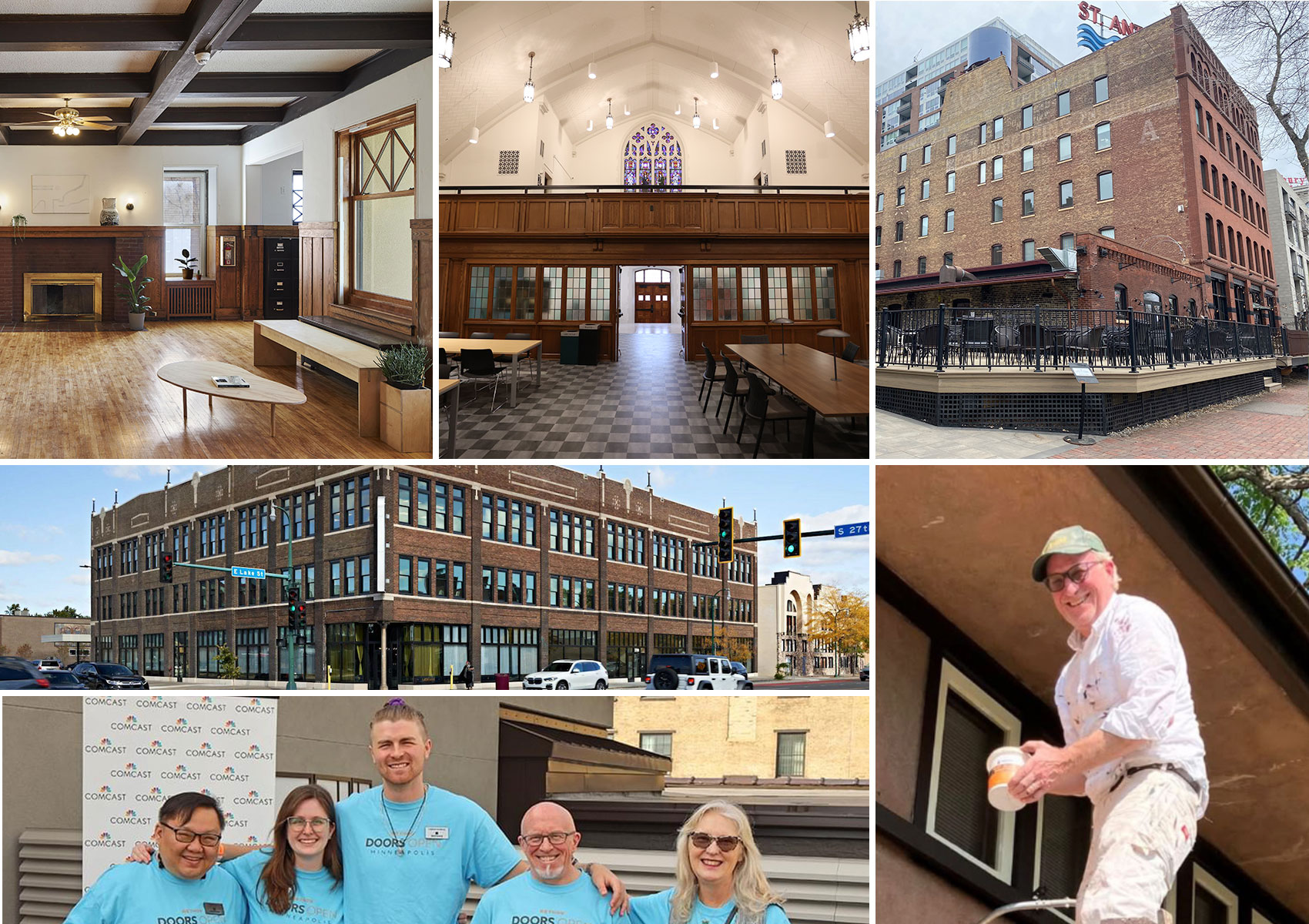By Mary-Margaret Zindren, EVP/Executive Director
What does the “AIA”, “Assoc. AIA”, “FAIA”, “Hon. AIA”, “Hon. AIAMN” or “Allied AIAMN” designation really mean? So much more than membership. By being a member of the AIA, you make a commitment to follow and further the AIA Code of Ethics.
That may sound boring and bureaucratic. It’s actually incredibly powerful. And we shouldn’t keep it to ourselves.
By placing your AIA membership designation after your name, you are asserting your commitment to the many requirements and aspirations of the Code. These include the following, and so much more:
- “Members shall consider with their clients the environmental effects of their project decisions.”
- “When performing professional services, Members shall make reasonable efforts to inform their clients of the potential environmental impacts or consequences the Member reasonably believes may occur as a result of work performed on behalf of the clients.”
- “Members should incorporate adaptation strategies with their clients to anticipate extreme weather events and minimize adverse effects on the environment, economy and public health.”
- “Members should recognize and acknowledge the professional responsibilities they have to promote sustainable design and development in the natural and built environments and to implement energy and resource conscious design.”
- “Members should promote fairness and safety in providing professional services and make reasonable efforts to advise their clients and employers of their obligations to the environment, including: access to clean air, water, sunlight and energy for all; sustainable production, extraction, transportation and consumption practices; a built environment that equitably supports human health and well-being and is resistant to climate change; and restoring degraded or depleted natural resources.”
- “Members shall treat their colleagues and employees with mutual respect, and provide an equitable working environment.”
- “Members shall not engage in harassment or discrimination in their professional activities on the basis of race, religion, national origin, age, disability, caregiver status, gender, gender identity, or sexual orientation.”
- “Members should be involved in civic activities as citizens and professionals, and should strive to improve public appreciation and understanding of architecture and the functions and responsibilities of architects.”
I highlight these particular excerpts from the Code of Conduct because they are the focus of our current special projects at AIA Minnesota. We are working to provide you with the tools, training, and inspiration – a community and a culture of shared expectation – that support your ability to note your AIA designation with integrity and pride.
These commitments are not just important to the professional architecture community; they are commitments that your current and prospective clients should know about. Tell them you are an AIA member and why it matters for them, for their stakeholders, and for their project outcomes.
The more that your clients know about what your AIA membership designation means, the stronger partners they can be in furthering your ability to make good on your ethical commitments.
View the full February issue of Matrix.

